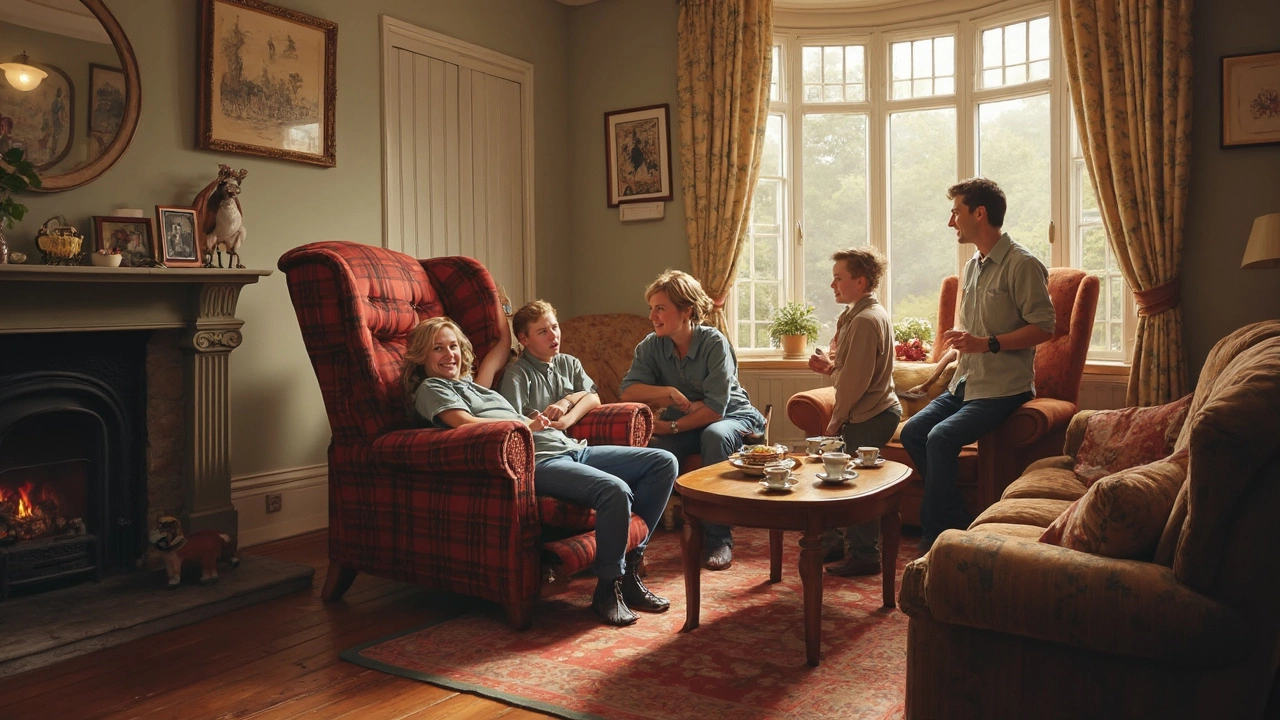Furniture Terms: A Handy Guide to Common Words and Their Meaning
Ever wonder what the difference is between a sofa and a settee, or why a coffee table is called a "coffee" table? Knowing the right words makes shopping easier, helps you talk to designers, and prevents mix‑ups when you read product reviews.
In this guide we’ll break down the basics, give you quick definitions, and share a few tips on how to use the terms correctly. No jargon, just plain English you can apply right away.
Why Knowing Furniture Terms Helps
First off, the right term tells you what the piece actually does. A "loveseat" is built for two people, while a "sectional" can be rearranged into different shapes. When you know that, you avoid buying a couch that’s too big or too small for your room.
Second, many retailers list specs using specific words. If a product says it has a "hardwood frame," you know it’s sturdy and likely heavier than a "particleboard" frame. Understanding these words also helps you compare prices – a "solid oak" dining table will cost more than a "engineered wood" one.
Finally, knowing the language makes it easier to follow DIY guides or talk to a carpenter. Want a "slatted" headboard? You’ll know to ask for a design with horizontal wooden strips instead of a solid panel.
Top Everyday Furniture Words
Sofa / Couch: A long, padded seat with back and arms, meant for multiple people. "Sofa" sounds a bit more formal, but both mean the same thing.
Loveseat: A small sofa sized for two. Great for a bedroom or a tight living area.
Sectional: A modular sofa that comes in pieces you can shape into an L, U, or straight line. Perfect if you like to re‑arrange.
Armchair: A single‑seat chair with arms. If it reclines, it’s often called a "recliner."
Ottoman: A low, padded seat without back or arms. Use it as a footrest, extra seating, or even a coffee table with a tray.
Coffee Table: A short table placed in front of a sofa. It’s called a coffee table because people traditionally set coffee cups on it.
Side Table / End Table: Small tables that sit beside a chair or sofa. Ideal for lamps, books, or drinks.
TV Stand / Media Console: A piece of furniture designed to hold a television and media devices. Look for a stand with proper weight capacity for your TV size.
Bookshelf: Open shelving for books, décor, or storage boxes. A "wall‑mounted" bookshelf saves floor space, while a "freestanding" one can be moved.
Bed Frame: The structure that supports a mattress. Options include "platform" (no box spring needed) and "slatted" frames (have flexible wood slats).
Knowing these basics clears up most of the confusion you’ll meet online or in a store. When you see a term you don’t recognize, just look it up – most furniture sites have a quick glossary.
One last tip: pay attention to material words like "solid wood," "veneer," "metal" or "wicker." They tell you about durability, weight, and care requirements. A solid‑wood dining table will last generations; a wicker patio set is lightweight and moves easily but may need a protective cover in rain.
Now that you have the essential furniture terms, you can shop with confidence, speak the same language as designers, and make better decisions for your home.
Recliner Chair Nicknames: What Do People Really Call Them?
Ever wondered if people call their recliner chairs something else? From common nicknames like 'La-Z-Boy' to quirky terms like 'dad chair,' the world of recliners has its own lingo. Learn the origins, popular names, and the reason behind each nickname. Get insider tips if you’re shopping for your perfect seat. Discover why some nicknames stick while others fade away.
More
